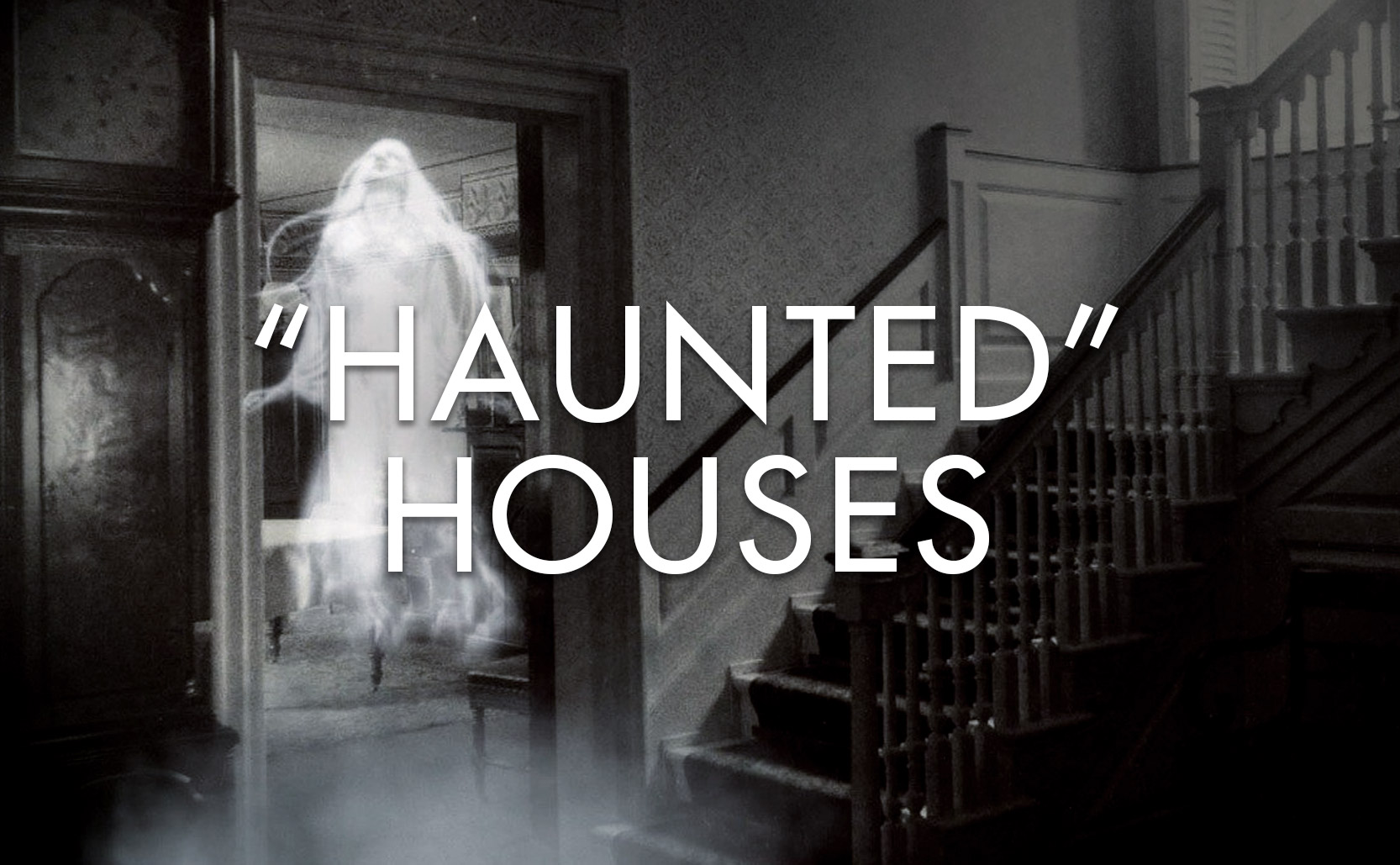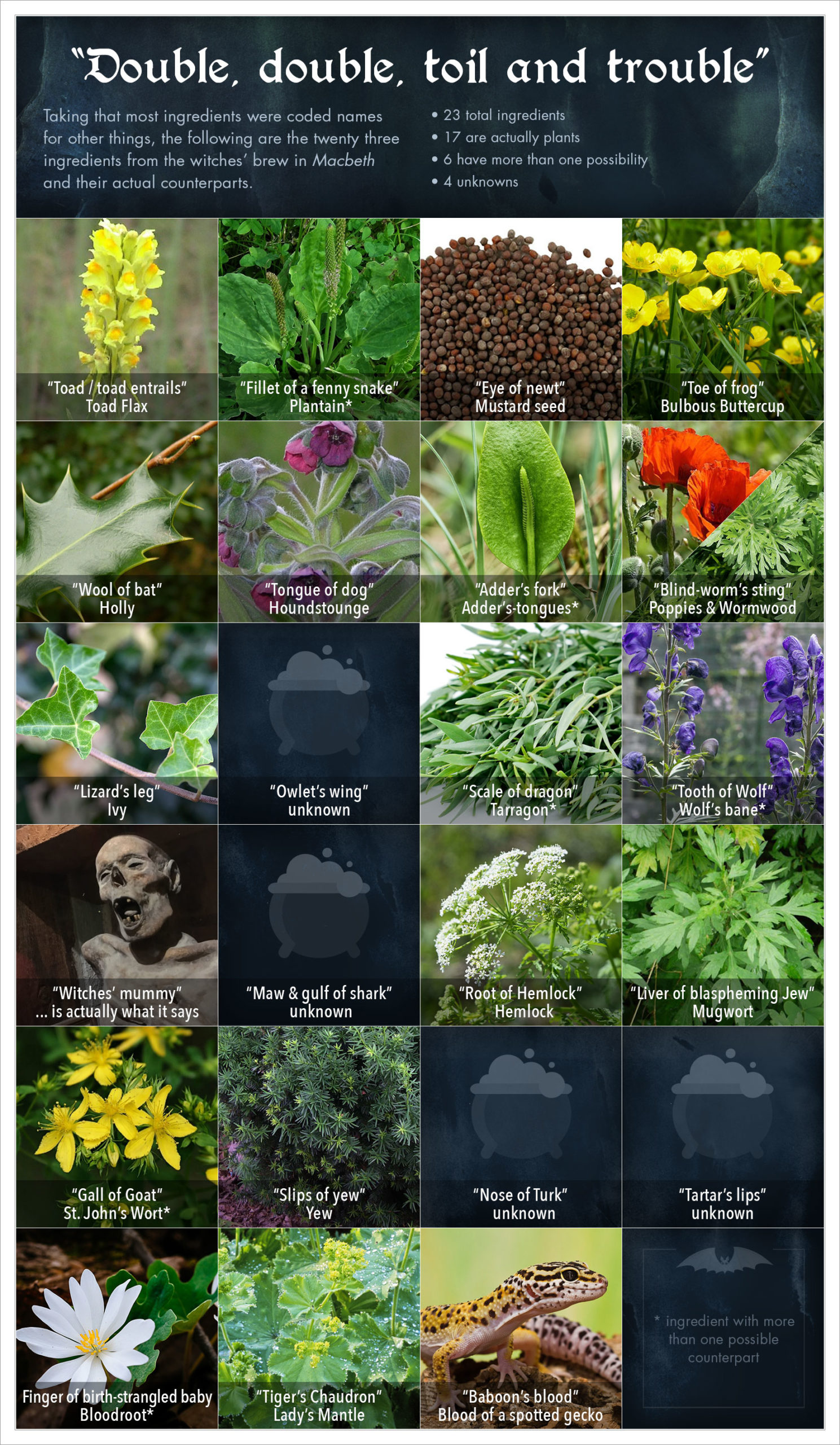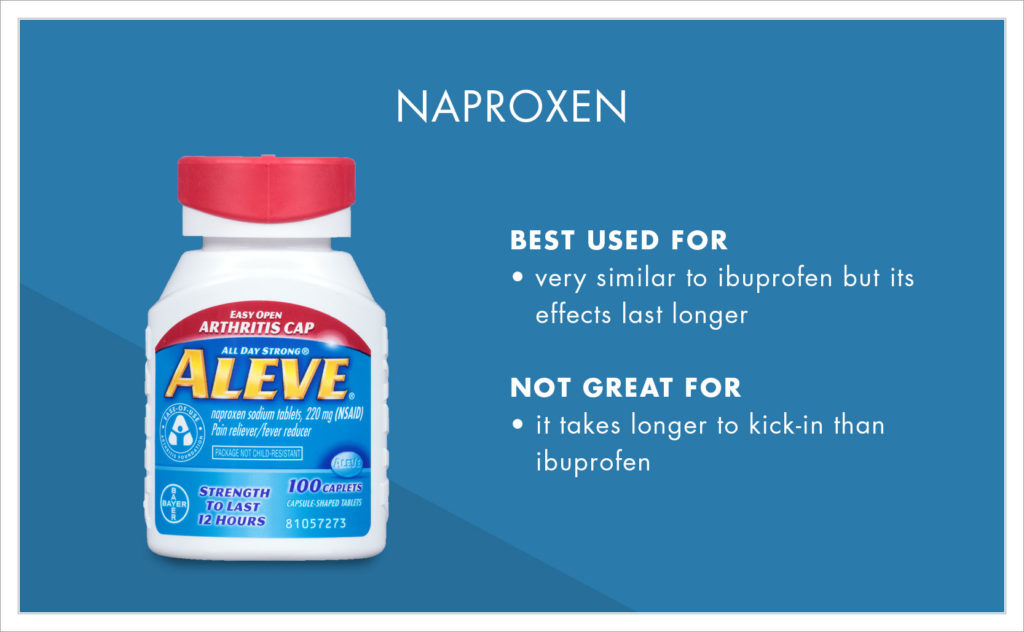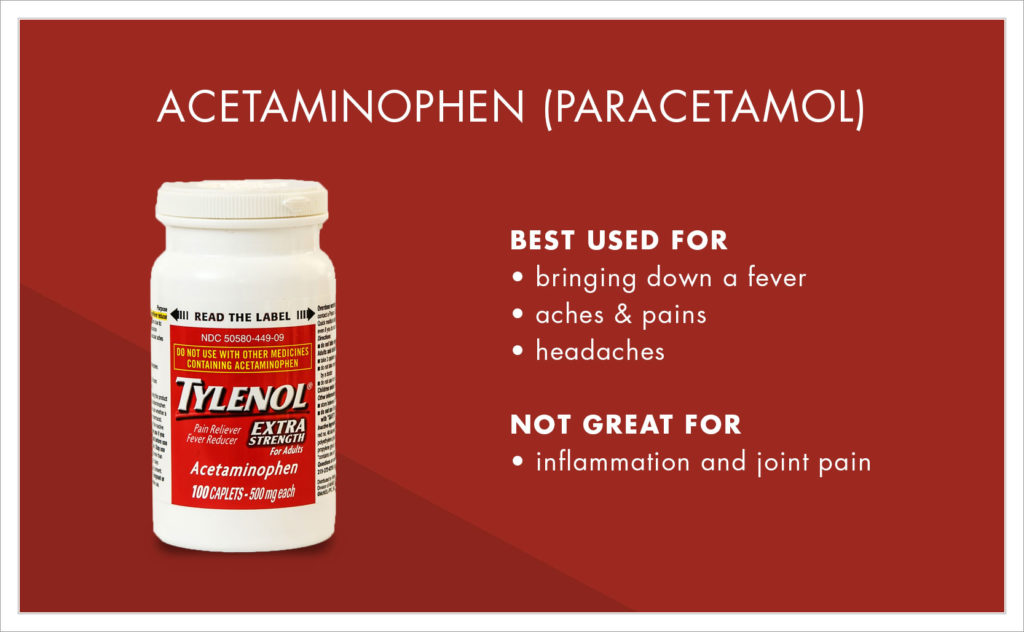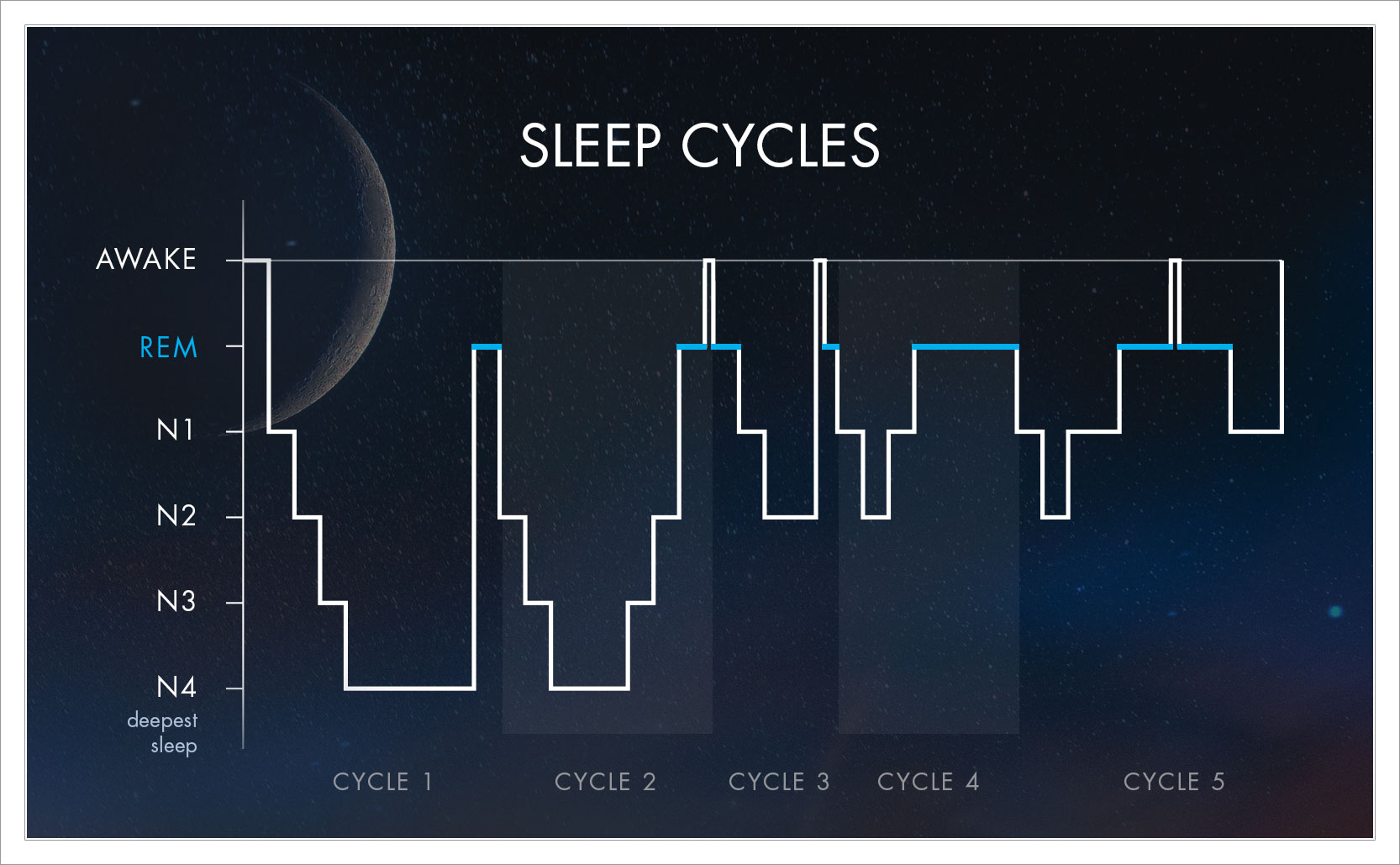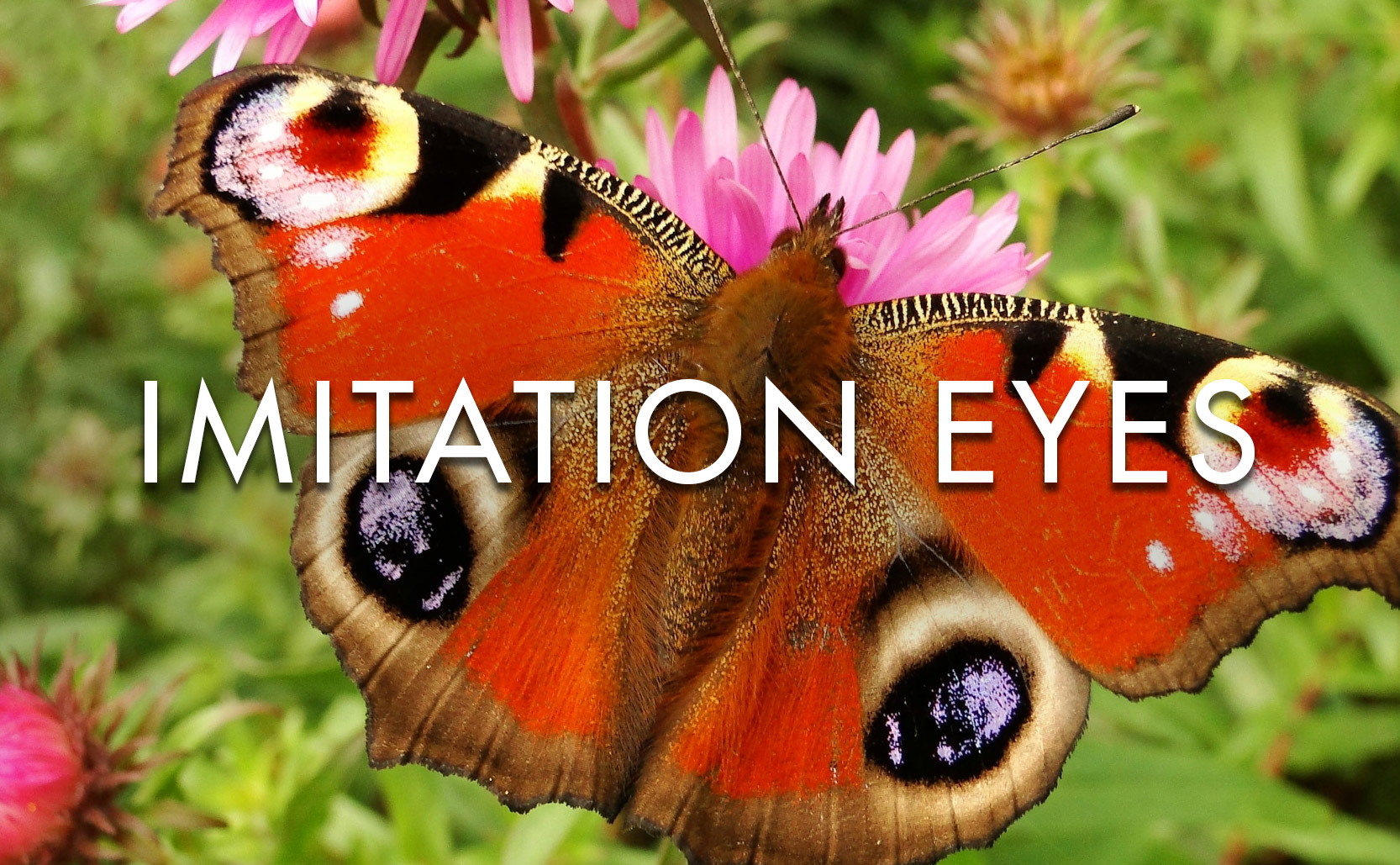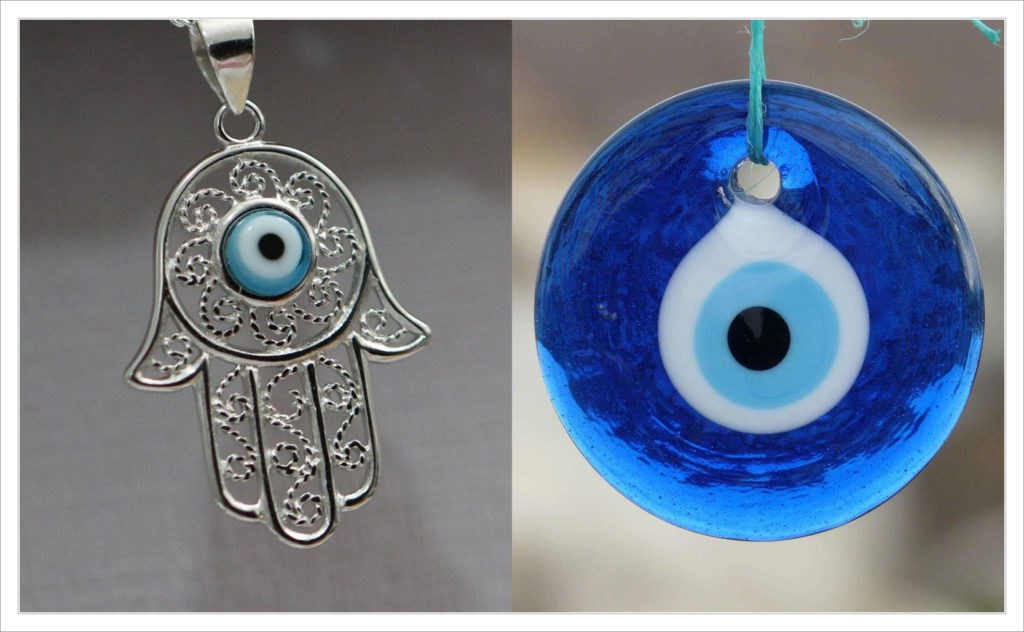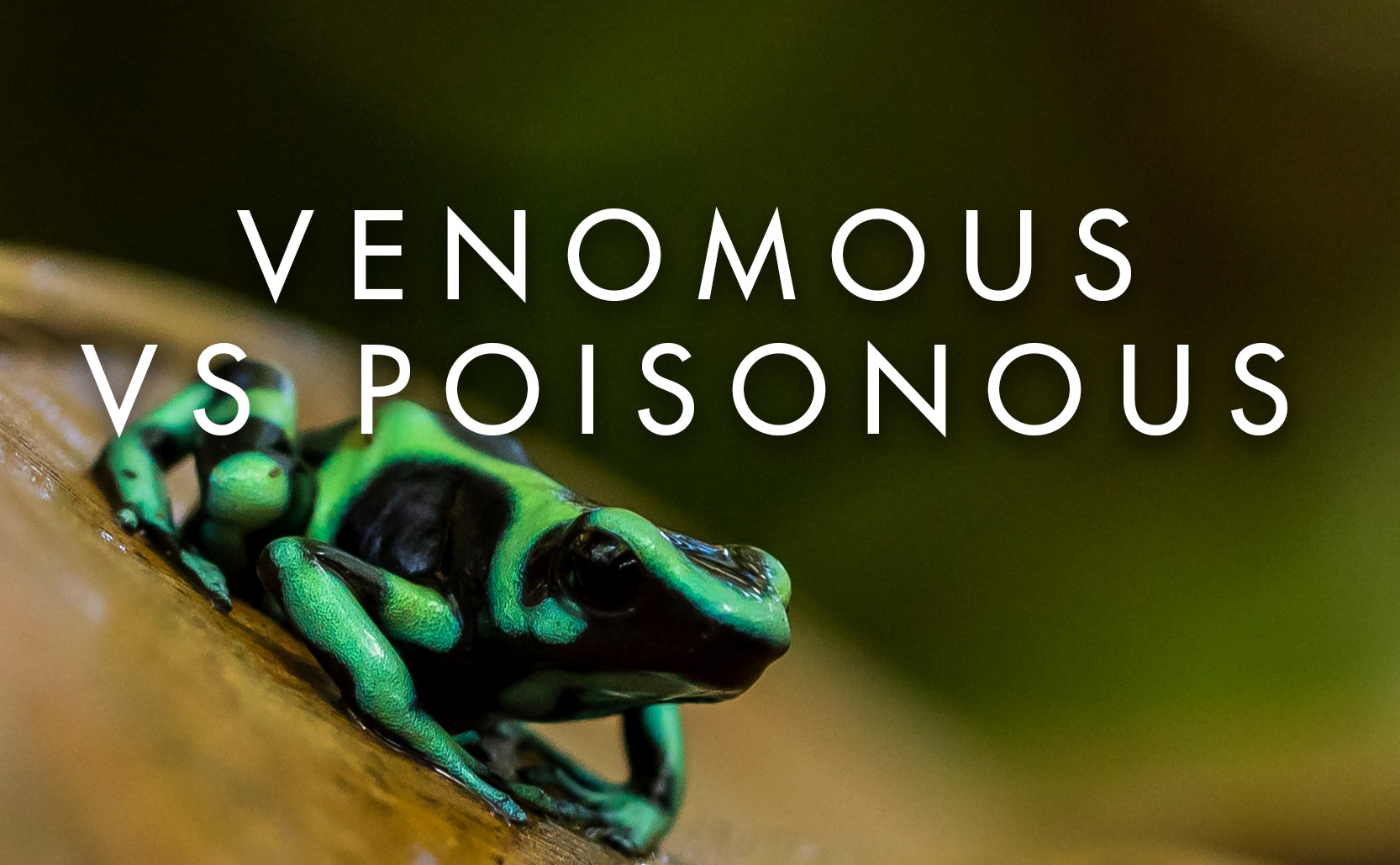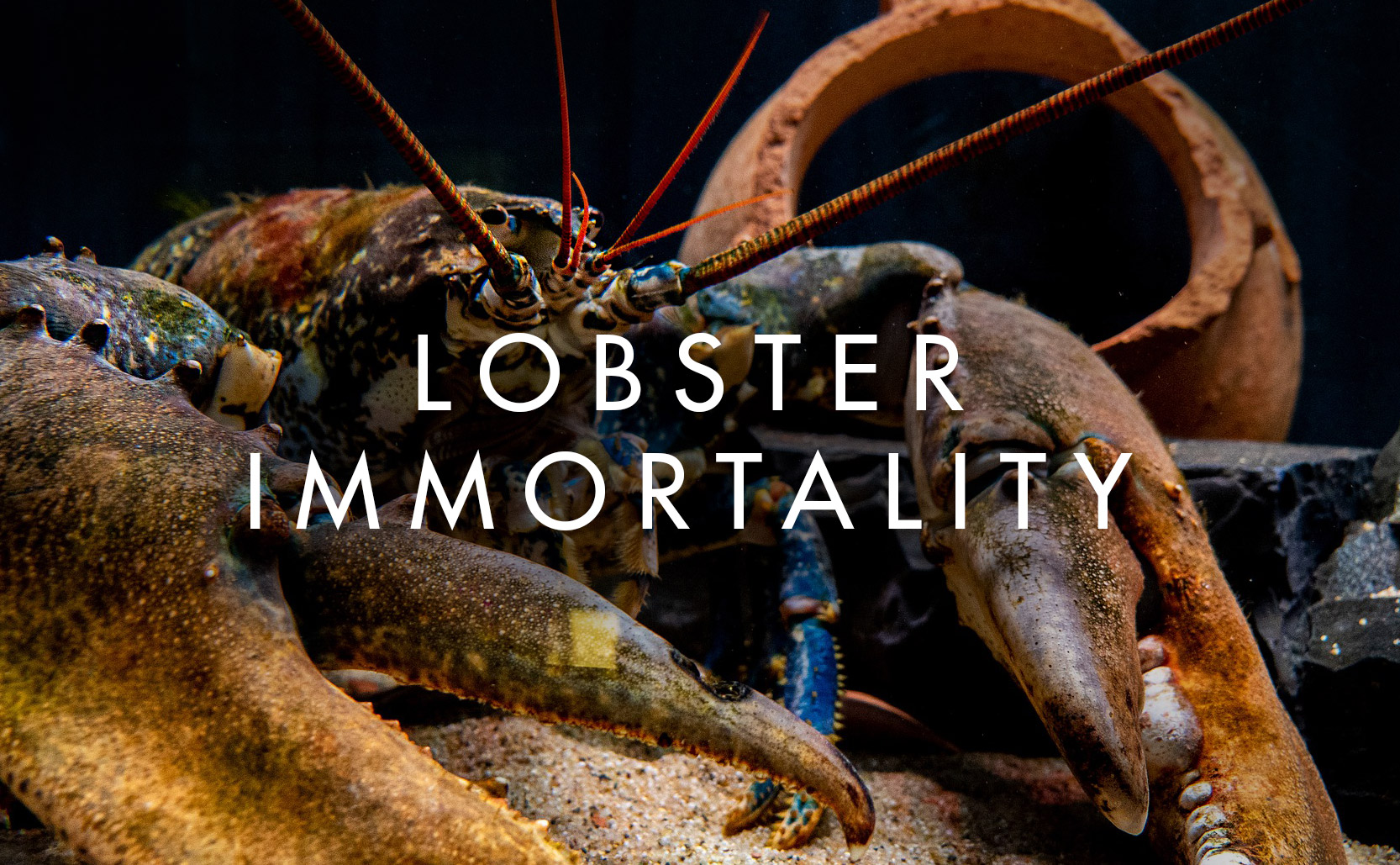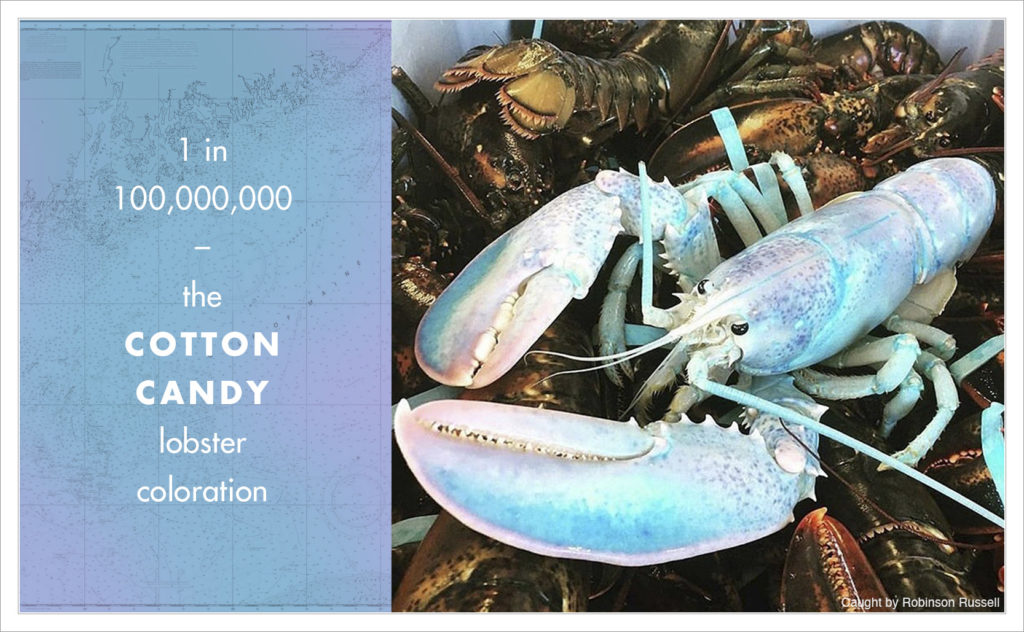Autumn Colors
Leaves change colors in autumn because the temperature drops and the hours of sunlight diminish.
The leaves of deciduous plants change color as summer ends and autumn begins. Cooler temperatures and fewer hours of sunlight trigger chain reactions in how plants operate. When leaves are green it’s because of an abundance of chlorophyll which absorbs sunlight and produces simple sugars to feed the plant. Autumn’s seasonal changes tell plants to produce less chlorophyll. Autumn also tells plants to start producing special corking cells at the base of each leaf stem. These cells reduce the flow of nutrients (including chlorophyll) into or out of the leaves and eventually completely seals off the leaves from the branches allowing them to fall off.
So as chlorophyll production decreases, and leaves become sealed off from the rest of the plant, leaves can no longer stay as green as they were. What color they become depends on the plant.
Yellows and Oranges
Chlorophyll is the big green machine, it outweighs all other chemicals present in a leaf. As there is less and less chlorophyll present, the carotenoids that have been present the whole time begin to be visible. These chemicals give leaves different shades of yellow and orange depending on the plant. Carotenoids are also what make carrots orange.
Reds
Unlike carotenoids which are present in leaves all year, anthocyanins are pigments specially produced just for autumn. The end of summer triggers the production of anthocyanins which give leaves the deeper colors of reds, purples, and even blacks. Anthocyanins also are what give cranberries, cherries, and blueberries their colors.
Top Down
Much like a corporation, change takes place from the top down. Higher elevations see leaves change colors earlier than lower elevations. This is because higher elevations reach the cooler temperatures necessary to trigger the change before the same plants in lower elevations which have warmer temperatures.

Change also takes place top down in another way. The top leaves of a plant will typically begin changing color before the bottom leaves. This is because the top leaves are furthest from the roots and, since it takes more effort to send chlorophyll to the top of a plant, the top leaves will start losing their green color first.




